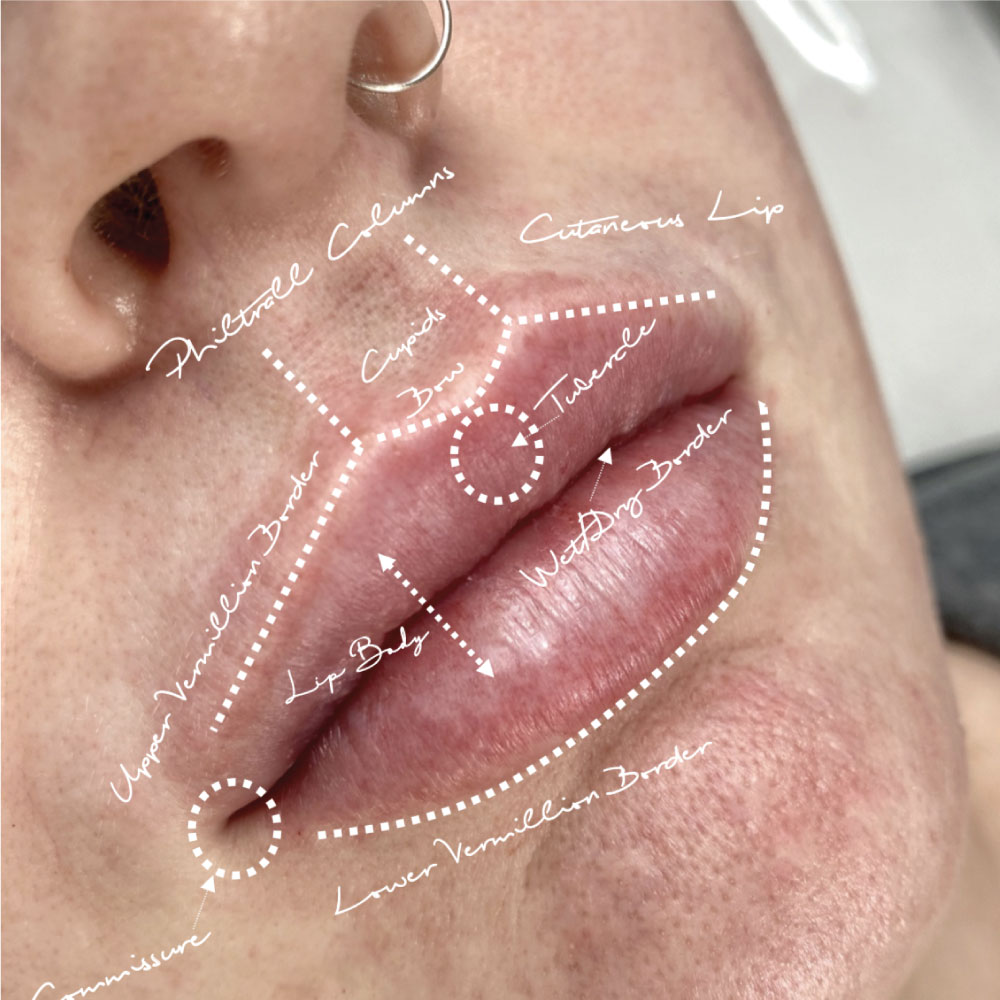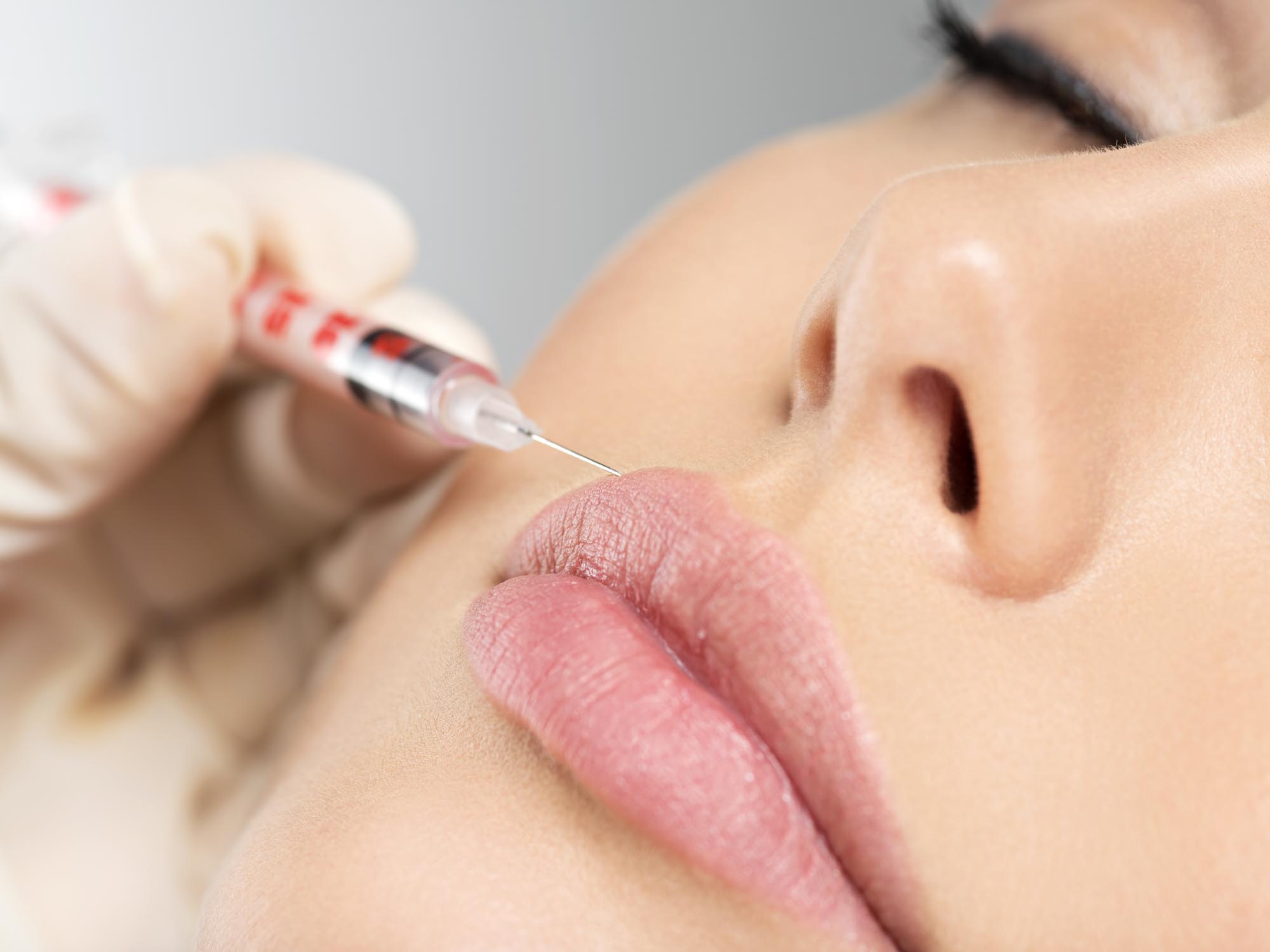DERMAL FILLER
What Are Dermal Filler Injections?
Dermal Fillers are cosmetic injections that enhance facial features with natural-looking and feeling results. Hyaluronic Acid (HA) dermal fillers are used to correct volume loss and reduce the appearance of fine lines. They create volume by drawing water into the treated area. As we age, we have loss of facial muscle, fat and tissue causing loss of volume. Dermal fillers help to restore this lost volume, redefining the natural curves of the face.
Common facial areas which are treated with dermal filler injections include the cheeks, lips, chin, jowls, jawline, temples and tear troughs as well as the neck, décolletage and hands. The procedure involves a small amount of the prescribed product being administered into the selected areas using a very fine needle, or in some instances, a cannula. The injections may sting for a few seconds, and in some instances a numbing agent will be used.
Prior to your first treatment, our Nurse Injector will consult with you to assess your suitability for dermal filler and discuss any concerns or questions you may have.


